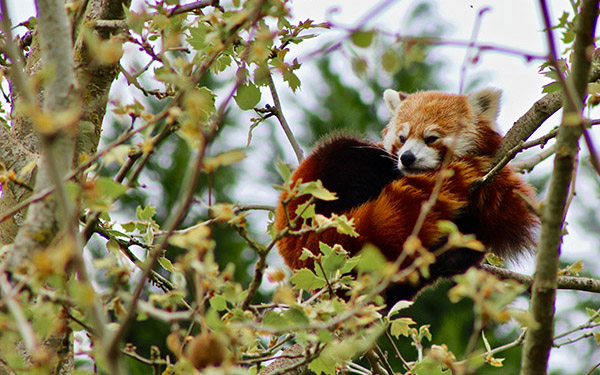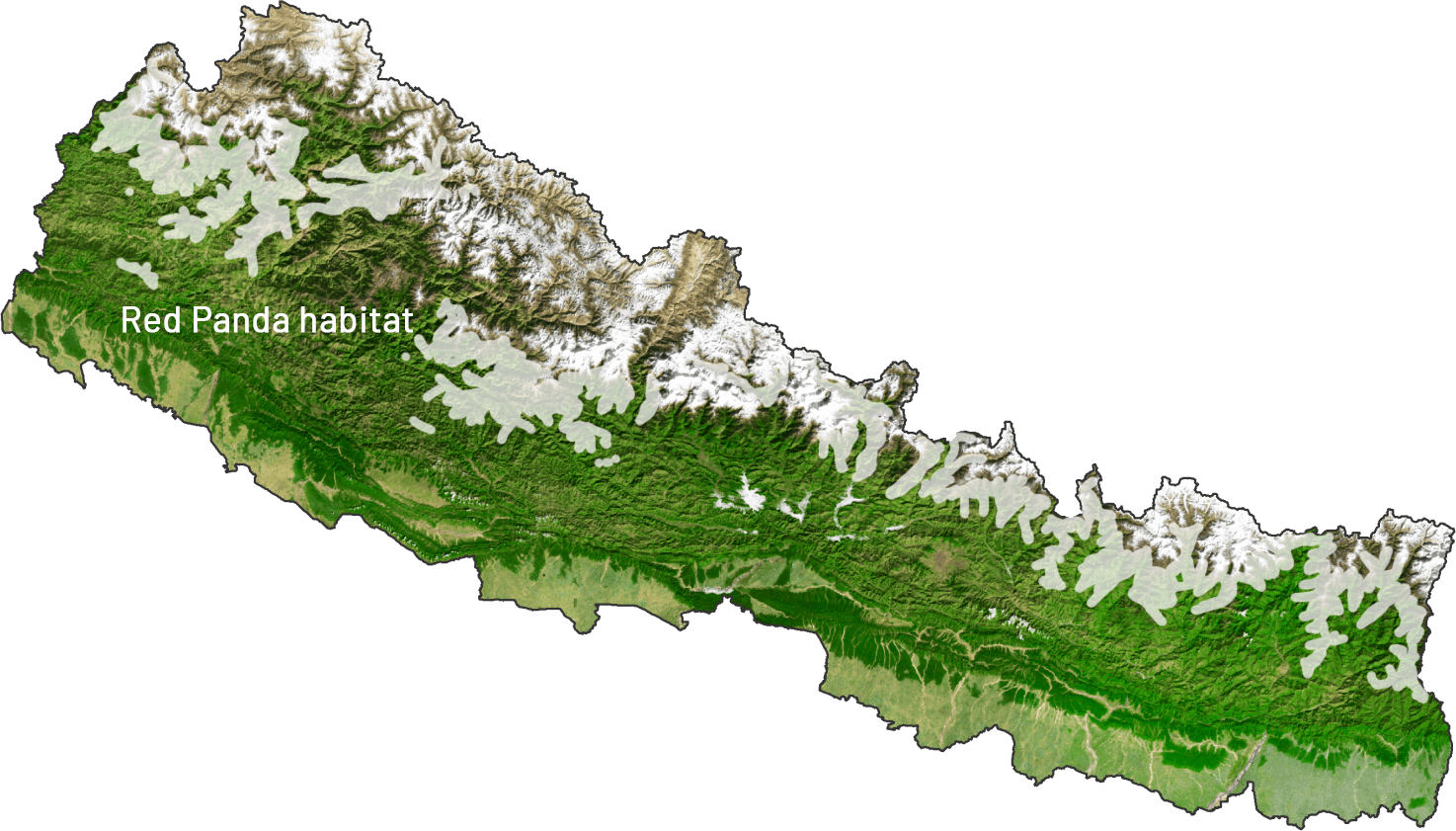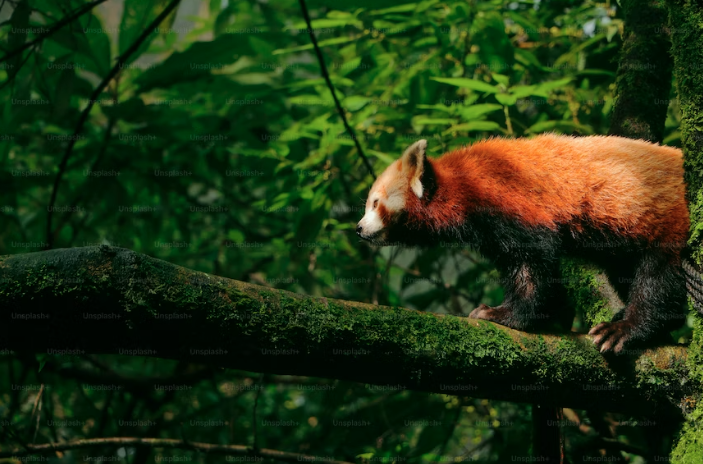
Cedar Forests of Nepal
Nepal's primary forests are home to the iconic Red Panda
Primary forests are essential to the survival of the Red Panda, but they are also used by local communities for subsistence. Griffith University, University of Southern Queensland, Kathmandu Forestry College and the red Panda Network (RPN) are collaborating with community forest user groups to protect Red panda habitat and create sustainable livelihoods.
Red Panda Project
The Red Panda Network is a world leader in efforts to protect red pandas and their habitat. It uses an integrated, landscape-level approach to conservation that is built on the support and participation of local communities. Their conservation programs extend to over one million acres of forest and 50% of Nepal’s red panda range.About the Nepal cedar forests

Nepal's forests cover over 5 million hectares and more than 40% of the land areas of the country. Some areas provide key timber exports, mainly to India. They are also important sources of collective resources for local communities. In addition to logging, forest loss and degradation Nepal’s forests are under threat from human resettlement and expansion, uncontrolled forest fires, overgrazing, and illegal extraction of forest products.
Nepal is notable for its focus in community-based forest management. Government policy has sought to decentralise management to communities since the1980s, and currently around 34% of the country's forests are managed by more than 22,000 community-forest user groups. The Primary Forests and Climate Program has focused on supporting these community forest user groups, especially by building governance capacity.
What's at stake
In total, there are 2500 red panda in Nepal, Bhutan, Myanmar and China. Among them, 500 are in Nepal and are distributed in 24 districts. They an ‘apex’ indicator species of forest health. Between 1990 and 2010 Nepal lost almost one quarter of its forest cover.
Red pandas rely on primary broadleaf and evergreen forests. Bamboo regeneration is critical to their survival, and habitat fragmentation is a major threatening process. Across the region, the red panda is under threat from poaching, particularly in China, where its tail is used as a headdress.
Three eastern Nepalese districts are highly important for connectivity to India and Bhutan.
Current activity
Building on ten years’ research, the team is working with multi-stakeholders in Nepal and beyond to develop quality-of-governance standards and benefit-sharing mechanisms for forest-based goods and services.
These include payments for ecosystem services, eco-tourism (homestays and guided walks), and ‘Red Panda’ eco-labelling of tea and other sustainable products for international markets.
The team is currently reaching out to the 68 community forest user groups across eastern and western Nepal and will shortly deploy an online survey of more than 1500 national, and international stakeholders as the preliminary stage in a three-year collaborative ‘action research’ partnership (pre-tested survey method not impacted by COVID-19).
Up-scaling protection
The case study has the potential to be applied across the entire region and will encourage local communities to understand the value of protecting the red panda and conserving its habitat as a sustainable income source.
Governance standards created by stakeholders will enable a consistent approach to forest management and sustainable development, and provide domestic and international markets with assurance that the goods they are purchasing are environmentally friendly (homestays, guided walks, ‘Red Panda’ leaf tea, etc.). In turn, the benefits from economic activities will be equitably distributed amongst participating forest users.
Costs to keep the programme running in Nepal until it is expected to be self-funding are $1.25 million ($250k per year for five years). Extending the programme to the other relevant countries would cost $3.75 m ($750K a year for 5 years).





